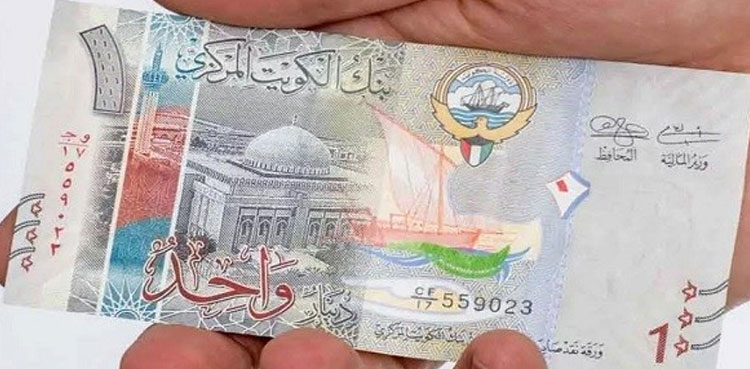Kuwait City/Karachi- May 21, 2025 – The Kuwaiti Dinar (KWD) experienced a marginal decline against the Pakistani Rupee (PKR) today, trading at 913.99 PKR compared to yesterday’s rate of 916.01 PKR. This subtle shift in the exchange rate reflects ongoing fluctuations in the global currency markets, influenced by economic factors in both Kuwait and Pakistan.
Valuation Process of the KWD-PKR Exchange Rate
The exchange rate between the Kuwaiti Dinar and Pakistani Rupee is determined by a combination of market forces and macroeconomic indicators. The valuation process primarily operates under a floating exchange rate system, where supply and demand dynamics in the foreign exchange market dictate the rate. Key factors influencing this rate include:
- Oil Prices: Kuwait’s economy heavily relies on oil exports, and the KWD’s value is closely tied to global oil prices. A dip in oil demand or prices can weaken the KWD, impacting its exchange rate against currencies like the PKR.
- Trade Balance: Pakistan’s trade activities with Kuwait, including remittances from Pakistani workers in Kuwait, play a significant role. Higher remittances can bolster demand for KWD, supporting its value.
- Monetary Policy: The State Bank of Pakistan and the Central Bank of Kuwait influence their respective currencies through interest rate decisions and foreign exchange interventions. For instance, Pakistan’s efforts to stabilize the PKR amid inflation pressures can affect the KWD-PKR pair.
- Economic Indicators: Inflation rates, GDP growth, and foreign exchange reserves in both countries contribute to currency valuation. Pakistan’s ongoing economic challenges, including high inflation, often pressure the PKR, while Kuwait’s stable, oil-driven economy supports the KWD’s strength.
The current rate of 913.99 PKR per KWD reflects these dynamics, with today’s slight decline likely tied to minor adjustments in market sentiment or localized economic data.
Impact of the Exchange Rate Shift
The marginal drop in the KWD’s value against the PKR has several implications:
- Remittances: Pakistani expatriates in Kuwait, who send KWD-based earnings home, may receive slightly fewer PKR per dinar. This could impact household incomes in Pakistan, where remittances are a critical economic lifeline.
- Trade and Imports: Pakistani businesses importing goods from Kuwait may benefit marginally from the lower Kuwaiti Dinar rate, as their PKR now buys slightly more KWD. However, the impact is minimal due to the small scale of the shift.
- Travel and Tourism: Pakistani travelers to Kuwait may find their travel costs slightly reduced, though the change is unlikely to significantly alter travel patterns.
- Investment Flows: Investors monitoring the KWD-PKR pair may see this as a signal of short-term volatility, prompting cautious adjustments in currency-related investments.
Analysts suggest that the minor depreciation is unlikely to cause significant disruptions but underscores the need to monitor broader economic trends, such as oil price movements and Pakistan’s fiscal policies.
About the Pakistani Rupee (PKR) and Kuwaiti Dinar (KWD)
The Pakistani Rupee (PKR) is the official currency of Pakistan, introduced in 1948 following the country’s independence. Managed by the State Bank of Pakistan, the PKR is abbreviated with the symbol ₨. It operates under a managed float regime, with its value influenced by domestic inflation, foreign exchange reserves, and trade balances. Pakistan’s economy, heavily reliant on agriculture, textiles, and remittances, often faces challenges like inflation and currency depreciation.
The Kuwaiti Dinar (KWD) is the official currency of Kuwait, introduced in 1961. Managed by the Central Bank of Kuwait, it is abbreviated with the symbol KD or د.ك. The KWD is one of the world’s strongest currencies, underpinned by Kuwait’s robust oil-based economy and substantial foreign exchange reserves. Its value is closely tied to global oil markets, making it a stable yet oil-sensitive currency.


Leave a Comment